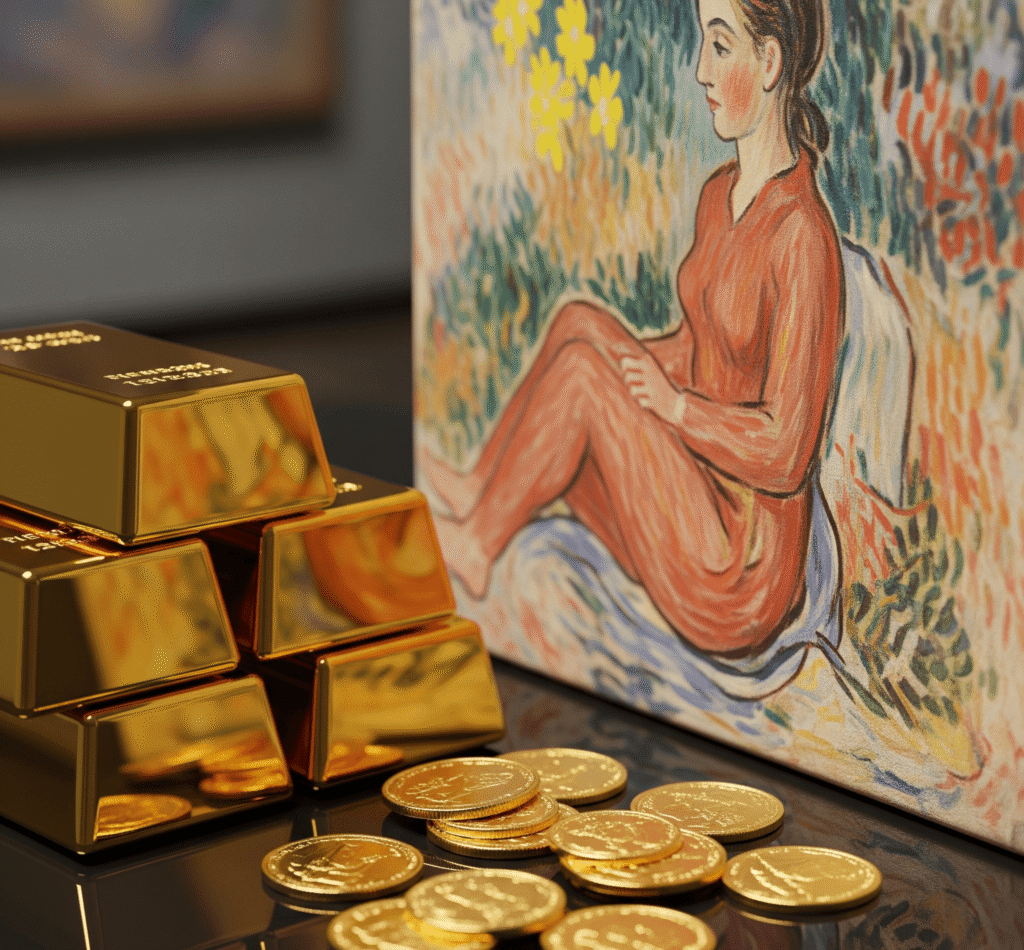How Sustainable Art Is Changing the Future of Collecting: Eco-Conscious Artists and Buyers in 2025
Introduction
The art world is at an inflection point. As concerns about climate change, resource scarcity, and environmental responsibility take center stage across industries, the art market and collecting behaviors are evolving in remarkable ways. In 2025, sustainability is no longer a fringe consideration: it is fundamental to how collectors, artists, and art institutions operate, invest, and influence culture.
This blog explores the dynamic intersection of sustainability and art collecting—the key practices, the rise of eco-conscious buyers, the transformative role of technology, influential artists, and how you can join this movement. Whether you’re a seasoned collector or just starting, understanding sustainable art is essential for shaping a responsible, future-proofed collection.
1. The Rise of Sustainable Art: Why Now?
In past decades, art collecting was driven by aesthetics, status, and investment potential. Today, a deeper question guides collectors: Can the act of collecting art contribute to a better world?
Across the globe, art world leaders, from the Venice Biennale to Brooklyn’s art collectives, are championing sustainability. Key drivers of this shift include:
- Climate consciousness: Increasing awareness of the art world’s carbon footprint—from shipping masterpieces worldwide to energy-hungry gallery spaces.
- Demand for transparency: Collectors now expect provenance, ethical sourcing, and disclosure on materials.
- Market trends: Green art is not just a moral imperative, but a financial one—demand (and value) for sustainable pieces is rising.
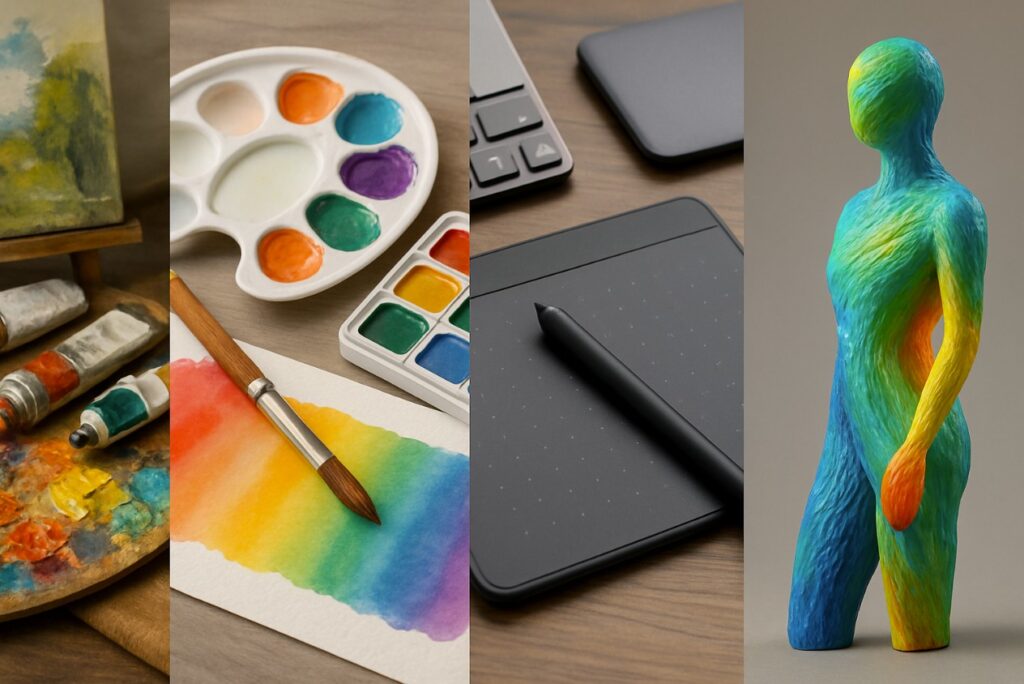
2. Defining Sustainable Art: Materials, Methods, and Ethics
What Makes Art Sustainable?
At its core, sustainable art minimizes negative impact on the environment at every step. This commitment can include:
- Recycled or upcycled materials: Transforming waste objects into art
- Natural or non-toxic pigments/dyes: Reducing chemical runoff and harm
- Local sourcing: Cutting transport emissions by using materials found nearby
- Energy-efficient studios: Solar-powered, zero-waste, or off-the-grid workspaces
- Biodegradable or compostable artworks: Art created to eventually break down harmlessly
Ethics and Eco-Conscious Practices
Sustainability is broader than just materials. Ethical collecting means supporting artists who:
- Pay fair wages and avoid exploitative supply chains
- Engage communities in their creative process
- Bring attention to environmental justice and marginalized ecologies
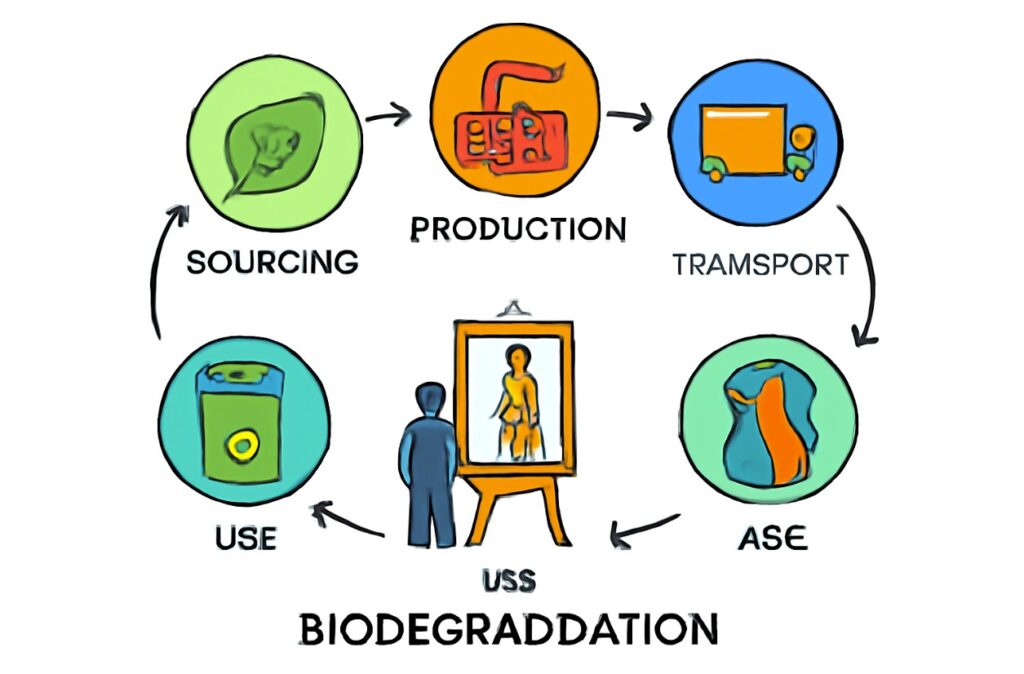
3. The Eco-Conscious Collector: Motivations and Strategies
Who are today’s eco-conscious collectors? Their motivations often include:
- Values-driven collecting: Aligning art investments with sustainability beliefs
- Educating and inspiring others: Using collections to spark dialogue about the environment
- Seeking resilient investments: Art with future-proof ethical value
Strategies for Eco-Conscious Collecting
- Do your homework: Ask about an artwork’s material sources, transport emissions, and ethical certifications.
- Support local artists and galleries: Reduce shipping emissions and support community economies.
- Prioritize provenance: Trace an artwork’s supply chain.
- Engage in the secondary market: Buying pre-owned works extends the lifecycle of art.
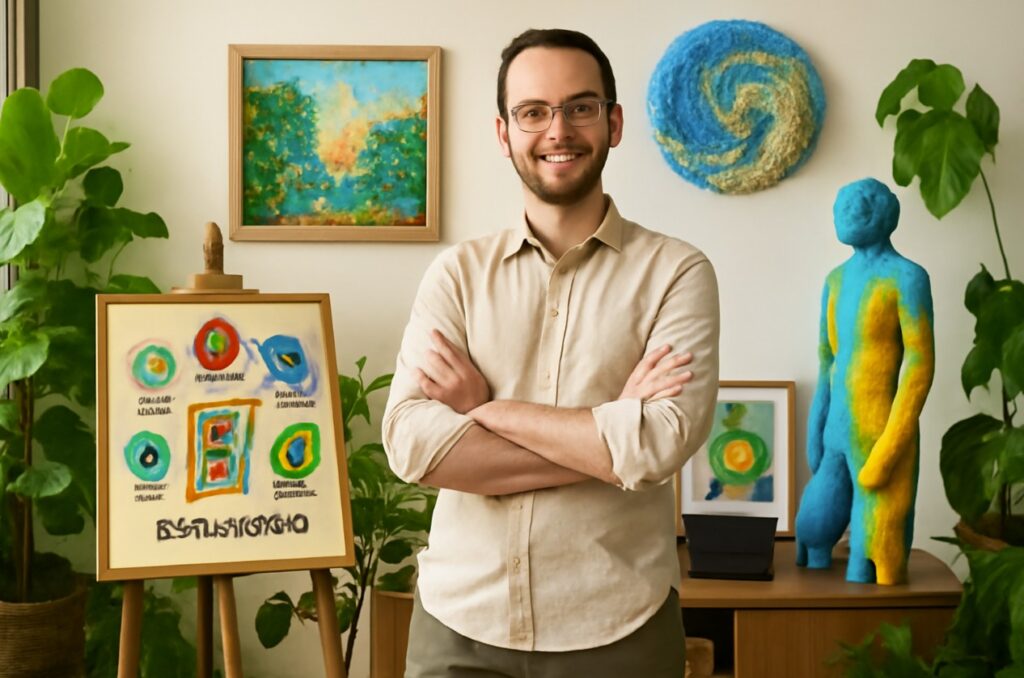
4. Spotlight on Sustainable Artists: Leaders and Innovators
Meet the creators defining sustainable art in 2025:
El Anatsui
The Ghanaian sculptor is world-renowned for transforming discarded bottle caps and metallic waste into stunning tapestries.
- Notable works: Monumental installations at Venice Biennale, Metropolitan Museum of Art.
Olafur Eliasson
A Danish-Icelandic artist, Eliasson creates immersive environments using light, water, and natural elements to provoke climate conversations.
- Notable works: “The Weather Project” at Tate Modern, “Ice Watch” using real glacier blocks.
Maya Lin
Blends landscape art, architecture, and scientific data. Projects highlight threatened species and habitats.
- Notable works: “Ghost Forest” installation, “What Is Missing?” digital memorial for biodiversity loss.
Subodh Gupta
Indian artist creating sculptures from everyday steel utensils, drawing attention to consumption and recycling.
- Notable works: “Line of Control” at London’s Tate Modern.
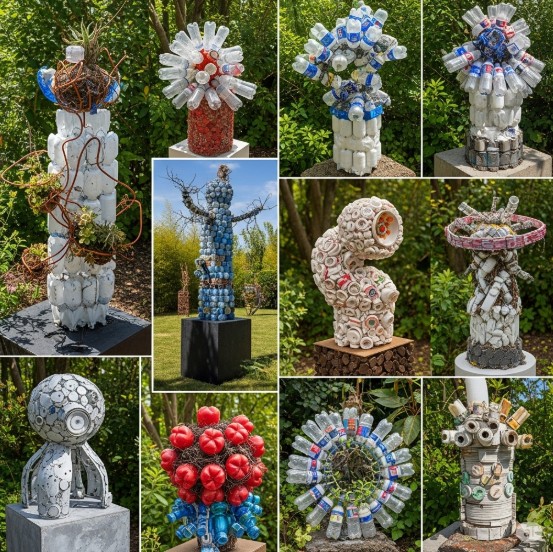
Emerging Artists to Watch
- Marina DeBris: Fashion and installations from beach rubbish.
- Alvaro Catalán de Ocón: Lights from recycled PET bottles, engaging endangered communities.
- Sayaka Ganz: Dynamic animal sculptures from reclaimed plastics.
5. Market Shifts: How Sustainability Is Reshaping Art Commerce
The Green Premium
Collectors and investors are willing to pay more for artworks with:
- Documented eco-credentials
- Proven recycled/ethical materials
- Environmental themes
Galleries and Auction Houses
- Sotheby’s and Christie’s now offer special sales for eco-art and provide green certifications for select lots.
- Art fairs like Frieze and Art Basel have dedicated pavilions for sustainable practices.
Transparency and Digital Catalogs
- Blockchain-backed provenance tracks an artwork’s journey and material sources.
- Digital catalogs highlight sustainability scores alongside traditional details.
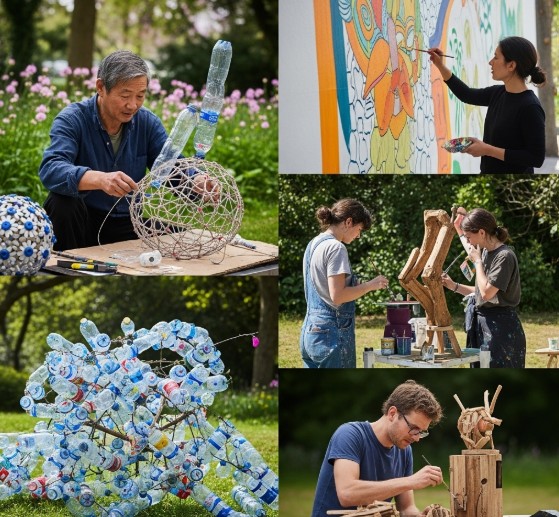
6. Where to Find and Buy Sustainable Art
Are you ready to build a greener collection? Explore these resources:
Online Platforms
- Artsy—Search for ‘sustainability’ or ‘environmental art’
- Saatchi Art—Dedicated eco-art category
- Ecovibe Art—Specializes in works with green certification
Physical Galleries
- Green Art Lab Alliance—International network of eco-focused exhibitions
- Local pop-ups—Check your city for artist-run sustainable collectives or exhibitions
Major Art Fairs and Biennials
- Art Basel—Green sections and climate-focused talks
- Venice Biennale—Spotlight on climate change and eco-innovation
Buy Direct
Connect with artists via Instagram, their own sites, or virtual studio visits. You can ask questions about process and provenance firsthand.
7. Technology’s Role: Digital Art, NFTs, and Carbon Reduction
Sustainable collecting goes beyond physical objects. New digital tools are driving efficiency and transparency:
Digital Art and NFTs
- NFTs (Non-Fungible Tokens) have received criticism for energy use, but 2025 sees a shift to eco-friendly blockchain solutions (like Ethereum 2.0, Tezos).
- Digital art can eliminate materials’ waste altogether.
Augmented Reality (AR)
- Try-before-you-buy tech enables collectors to preview digital or physical eco-art in their homes, reducing unnecessary shipments.
Carbon-Neutral Shipping and Packaging
- Major galleries now partner with carbon-neutral couriers and use recyclable packaging for global art fairs.
- Some work with organizations like Art Moves Earth for certified green logistics.
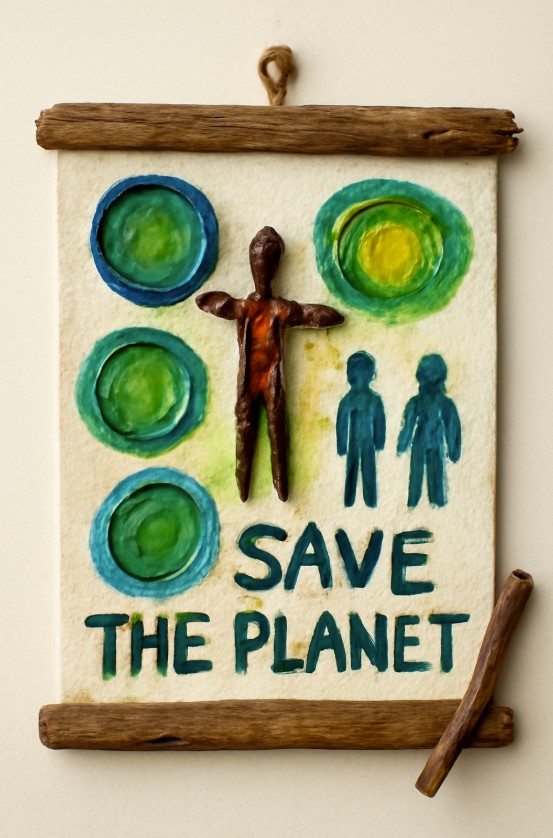
8. Building a Greener Collection: Practical Tips & Checklists
Ready to start? Here are actionable steps and decision points.
10-Step Checklist for Eco-Conscious Art Collectors
- Set sustainability goals for your collection.
- Research and select artists with transparent, ethical practices.
- Ask for details on material sourcing and production.
- Prioritize locally sourced works or shipping economies.
- Look for art with third-party eco-certification (e.g., Green Art Lab).
- Support galleries and platforms championing environmental initiatives.
- Choose digital/AR previews when possible.
- Invest in climate-neutral shipping and reusable packaging.
- Advocate for sustainability through your social networks.
- Consider the artwork’s end-of-life plan (repair, recycle, biodegrade).
Case Study: Greening a Home Art Collection
- Before: Global shipping, non-transparent materials.
- After: Local artist wall, recycled glass sculpture, plants as living art, AR digital gallery spaces.
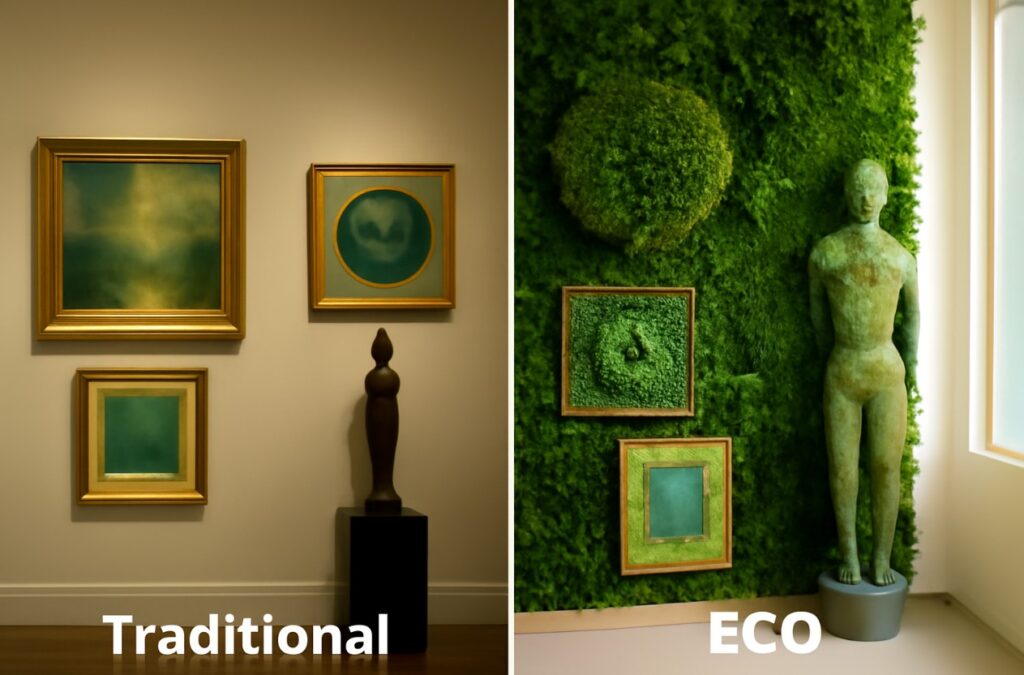
9. Expert Opinions: Insights from the Field
Quotes and interviews from leading voices in sustainable art:
- Curator’s perspective:
“Collectors ask more probing questions today—about where, how, and at what cost to the planet art is made. It’s changing the conversations on gallery floors and at art fairs.”
— Dr. Lucia Moretti, Curator, EcoVision Gallery - Artist’s insight:
“I want my work to disappear gracefully—giving back to the earth rather than leaving waste behind.”
— Maya Lin, Environmental Artist - Dealer’s view:
“Eco-certified art not only sells well but finds passionate owners who become advocates for artists and the planet.”
— Richard Dawson, Senior Dealer at GreenMarket Art Advisors
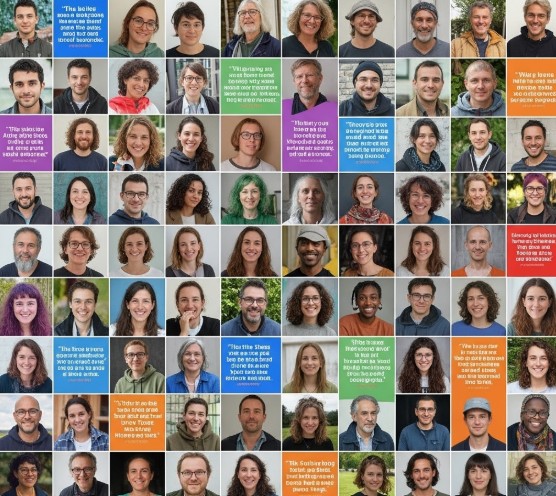
10. The Future: Trends and Predictions
Where is sustainable art collecting heading in the next 5–10 years?
- Net-zero art institutions: Museums and major galleries aim for carbon neutrality by 2030.
- Circular art economy: Resale platforms incentivize reuse and recycling, tracking an artwork’s lifecycle.
- Growth in eco-investment funds: Art funds focused exclusively on sustainable and climate-themed works.
- Rising collector activism: Buyers will drive push for sustainability in artist residencies, fairs, and nonprofit fundraising.
What it means for collectors
Sustainability isn’t a fad—it’s the foundation for future-proof value, cultural conversation, and credible impact. Collectors who lead now will shape tastes, markets, and best practices for decades.
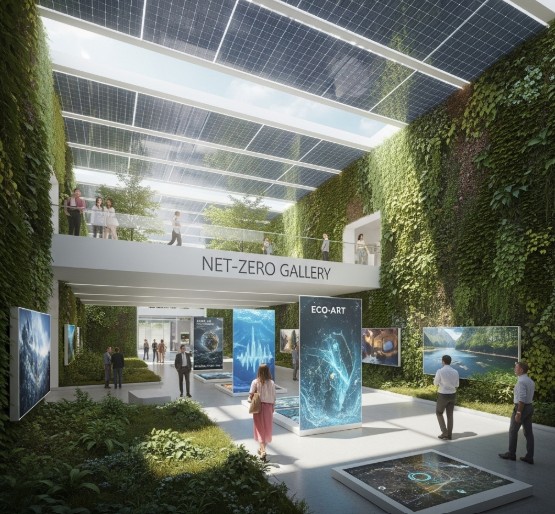
11. Conclusion
Sustainable art is radically transforming what it means to collect, curate, and live with art. These changes go far beyond trends—they are defining the future of creativity, cultural stewardship, and responsible investment in 2025 and beyond.
By understanding materials, supporting ethical artists, leveraging green technologies, and demanding transparency, collectors can turn art buying into a force for climate action and positive change. As the world adapts to pressing ecological challenges, let your collecting journey be not just visually inspiring, but ethically powerful—a statement for today and a legacy for tomorrow.
For more in-depth information on sustainable art collecting and access to eco-friendly artworks, you can explore Artsy’s dedicated section on environmental and sustainable art here: https://www.artsy.net/
Explore Art that is rooted in culture at ISKUSS

